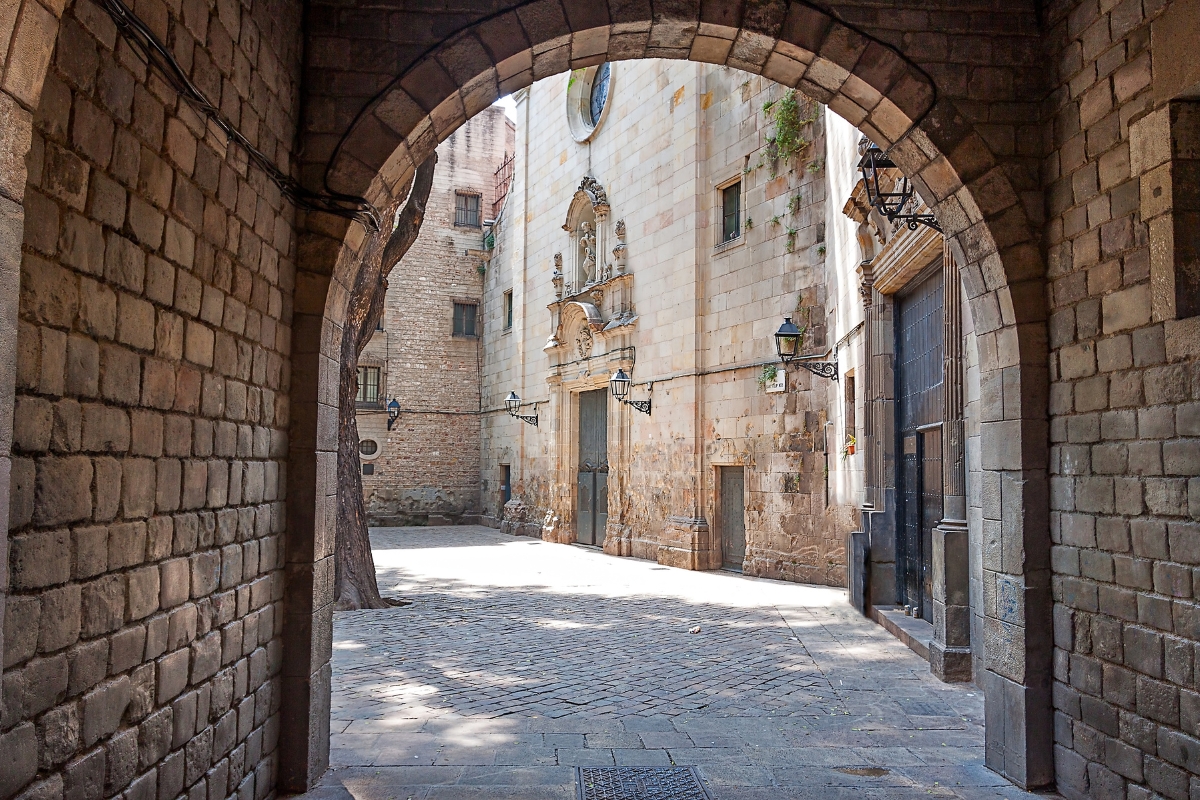
Spain boasts a history that stretches back millennia. Its captivating past is a tapestry woven with diverse cultures, empires, events and people that have all left an indelible mark on the nation we know today. Knowing a bit of its history will make your Spanish adventure all the more memorable…
Ancient roots
The history of Spain begins long before the concept of modern nations took shape. The Iberian Peninsula, which includes present-day Spain and Portugal, was inhabited by various ancient civilizations, such as the Iberians, Tartessians, and Celts, dating back to around 1000 BCE. These early inhabitants established unique cultures and societies, leaving behind archaeological treasures that continue to fascinate historians and archaeologists.
Rule Hispania: Roman conquest and integration
Around 218 BCE, the Romans set their sights on the Iberian Peninsula, marking the beginning of a new chapter in Spanish history. Over the course of two centuries, the Romans conquered the region, establishing the province of Hispania. Under Roman rule, Spain flourished, with the construction of roads, bridges, and aqueducts that still stand as testament to the Roman’s peerless engineering prowess. Latin became the dominant language, laying the linguistic foundation for modern Spanish.
Germanic rule under the Visigoths
Section Type: standardWidthImageS
Alaric I, King of the Visigoths, entering Athens in 395

As the Western Roman Empire crumbled in the 5th century CE, the Visigoths, a Germanic tribe, established their rule over Hispania. This period was characterized by social and political upheaval, as the Visigoths struggled to maintain control over a diverse and complex society. Their rule would persist for nearly three centuries, shaping the culture and governance of the region.
Moorish Spain and the Umayyad Caliphate
Arguably the most transformative period in Spanish history came with the arrival of the Moors, North African Muslims who invaded in 711 CE. Led by Tariq ibn Ziyad, they swiftly conquered most of the Iberian Peninsula. This marked the beginning of an era known as Al-Andalus, characterized by remarkable achievements in science, art, and philosophy. Cordoba, with its famed mosque and library, became a beacon of learning and culture during this time.
The Moorish rule extended for nearly 800 years, leaving an indelible mark on Spain. Architectural marvels like the Alhambra in Granada and the Great Mosque of Cordoba stand as enduring symbols of this period's influence. It was also during this time that the Spanish language began to evolve, influenced by Arabic words and phrases that still linger in modern Spanish vocabulary.
Section Type: standardWidthImageS
The enchanting Mosque-Cathedral of Córdoba.

Reconquista: Christians fight back
The Christian kingdoms in the northern part of the Iberian Peninsula gradually pushed back against the Moors, launching a centuries-long campaign known as the Reconquista. This period was marked by a series of battles and shifting alliances among various Christian and Moorish rulers.
One of the pivotal moments in the Reconquista was the capture of Toledo in 1085 by Alfonso VI of Castile. It was under his rule that scholars, both Christian and Muslim, engaged in a period of intense cultural exchange, contributing to the preservation and dissemination of knowledge. In 1492, the Reconquista reached its zenith when the Catholic Monarchs, Ferdinand and Isabella, captured Granada, effectively ending Moorish rule in Spain.
The Age of Exploration
Section Type: standardWidthImageS
The routes of the four Voyages of Christopher Columbus between 1492 and 1504.

The late 15th and 16th centuries marked a golden age for Spain as it embarked on a period of exploration and expansion. Christopher Columbus's historic voyage in 1492 led to the discovery of the Americas, and Spain's empire quickly grew to include vast territories in the New World, as well as the Philippines and parts of Africa and Asia. This period brought immense wealth to Spain, primarily through the extraction of precious metals from the Americas.
The rise and decline of the Habsburg dynasty
The Habsburg dynasty, which ruled Spain from the late 15th to the early 18th centuries, oversaw both the country's expansion and its eventual decline. Spain became embroiled in numerous wars across Europe, including the costly Thirty Years War, which drained its resources and weakened its position on the global stage. Additionally, the Spanish Inquisition, initiated to enforce religious orthodoxy, caused social and political upheaval.
Brilliant Bourbons
Section Type: standardWidthImageS
Portrait of King Ferdinand VII (1814)

The Bourbon dynasty came to power in the early 18th century, bringing with it a period of enlightenment and reform. King Charles III implemented a series of administrative and economic reforms, while King Ferdinand VII's reign saw the Peninsular War against Napoleonic France. The war, in part, inspired the Spanish colonies in the Americas to seek independence, leading to the dissolution of the Spanish Empire.
Civil war and isolation
The 20th century brought tumultuous times to Spain, most notably with the Spanish Civil War (1936-1939), as immortalized in Ernest Hemingway’s novel For Whom the Bell Tolls. The war, fought between Republicans and Nationalists, led by General Francisco Franco, ended in victory for the Nationalists, who established a dictatorial regime that lasted until Franco's death in 1975. This period was marked by repression and isolation.
Spain re-enters the fray with
Section Type: standardWidthImageS
‘Still Life with Compote and Glass’ oil painting by Pablo Picasso (1914-15).

Since the 1970s, Spain has undergone a remarkable transformation. After Franco's death, the country transitioned to a constitutional monarchy and a parliamentary democracy. Spain has emerged as a vibrant, diverse nation with a rich cultural scene, including world-famous artists like Salvador Dalí and Pablo Picasso, top-notch museums and galleries, and world-class eateries. The dark days of dictatorship are very much a thing of the past in modern Spain.
Section Type: backgroundOnly
Write your own chapter
From its ancient roots on the Iberian Peninsula to its emergence as a modern, democratic nation, Spain's history is a testament to resilience, adaptability, and the enduring impact of its diverse heritage.
Section Type: cta
Experience its fascinating history for yourself with SA Expeditions. First check out our most popular Spain itineraries for inspiration. Then work with a Destination Expert to curate a tour that ticks all the right boxes for you.


Copyright © 2025 SA Luxury Expeditions LLC, All rights reserved | 95 Third Street, 2nd floor, San Francisco, CA, 94103 | 415-549-8049
California Registered Seller of Travel - CST 2115890-50. Registration as a seller of travel does not constitute approval by the state of California.










